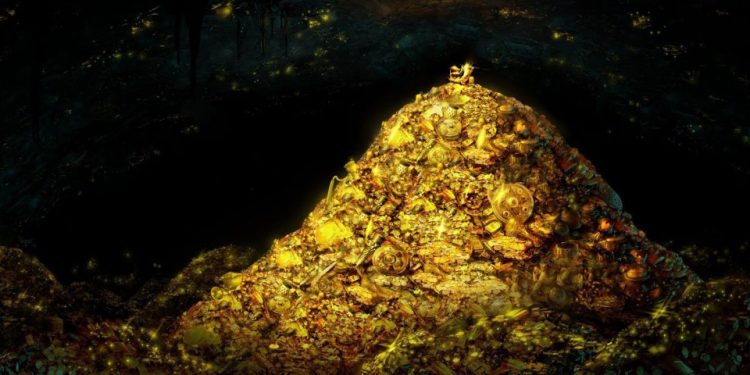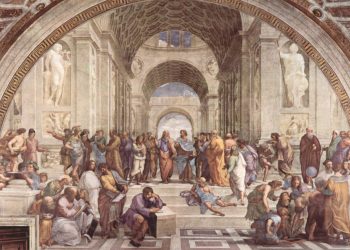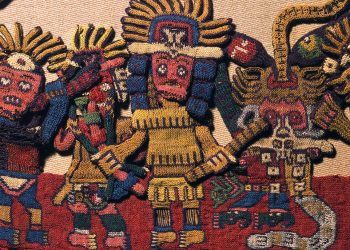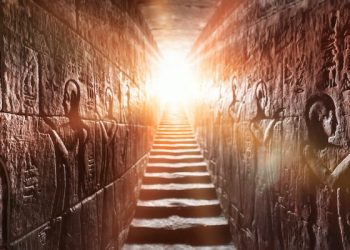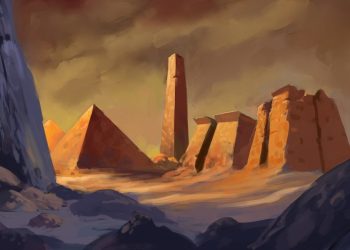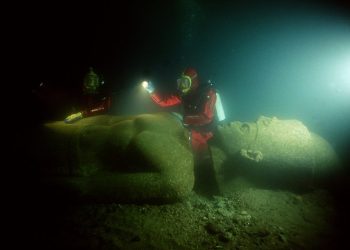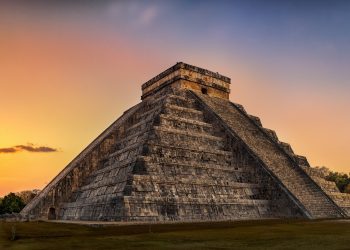One of the greatest mysteries of the ancient Aztec Empire is a great ancient treasure said to have belonged to Moctezuma II, one of the most prominent ancient Aztec Empire rulers. Its whereabouts have remained an unsolved mystery for more than 500 years, and the more time passes, the greater its legend becomes. The Aztec Empire was the most powerful political structure in the history of present-day Mexico, estimated to have populated at its peak with 15 million people. The vast territories and riches were controlled by the city-state of Tenochtitlan, which flourished in the 14th century.
Using the military superiority of their warriors, the Aztecs, and their allies established a system of dominance through the payment of tributes over numerous peoples, especially in central Mexico, the Guerrero region, and the coast of the Gulf of Mexico, as well as some areas of present-day Oaxaca. However, this dominance ended when the Spanish set foot in America, as Hernán Cortés made its way to the heart of the Aztec Empire. On their way to Tenochtitlan, the Spanish Conquistadors gained the support of the Totonac natives of the city of Cempoala, who thus freed themselves from Aztec oppression by joining the Conquistadors. Soon, many other peoples under the oppression of the Aztecs, such as the Tlaxcalans, joined the Spanish, who managed to incorporate thousands of warriors of various ethnic groups into their troops.

A golden city
Upon arriving at the heart of the Mexican capital, the Spanish were nothing short of awestruck. Not one Spaniard was left unimpressed after entering Tenochtitlan and seeing what an intricately built, elegant, and cleverly designed city was home to the Aztecs. They were equally baffled by the artifacts that adorned the great Moctezuma II as he came to receive the guests from the old world; precious stones, a stunning plume, unique embroidery, and the place of the Aztec ruler were features that the Spanish would never forget. However, none of this was enough to prevent Conquest. The empire was looted, and the relics of gold and precious stones were brought to Spain. However, large amounts of gold remained in the Aztec territory.
A Sad Night
It is theorized that during the so-called Noche Triste (The Night of Sorrows, literally “The Sad Night”), Hernán Cortés saw the fortune and wealth he achieved after staying in Axayácatl disappear from his hands. In the Night of Sorrows, Hernán Cortés, his army of Spanish conquistadors, and their native allies were driven out of the Aztec capital at Tenochtitlan.
But before the Spanish and their Native allies were driven out of Tenochtitlan, legend has it that once Cortés and the rest of his expedition were established in the Axayácatl Palace, one of his men, named Alonso Yáñez, discovered a sealed door that led to a secret chamber filled with treasure. After discovering the treasure, Cortés takes Moctezuma prisoner, and shortly after, he leaves Tenochtitlan to go to meet Pánfilo Nárvaez, another Spanish conqueror who was sent to Mexico to capture Cortés.
The Tóxcatl Massacre
After confronting and defeating Narváez, Cortés returns to the Aztec capital but meets a Mexica rebellion caused by a massacre committed by the Spanish – with Pedro de Alvarado at the head – in the Templo Mayor. This episode is known as the Tóxcatl Massacre.
Although Cortes was a warrior, he was also a diplomat. Upon seeing the chaos after his return, Cortés asked Moctezuma to intercede for the conquerors before the Aztec people. But Moctezuma was apprehended in his attempt. During the apprehension, the Aztec ruler was severely wounded and eventually died. The Mexica attacked the Spaniards, whom they managed to defeat in what has been called La Noche Triste.
Running from the Aztecs with more gold than he could carry
That night Cortés decided to secretly flee the city, taking Moctezuma’s treasure with him. The escape of the conquerors and the treasure was carried out on seven horses. The Spanish took countless artifacts made of gold and precious stones, as much as the pack animals and the men could carry. According to Spanish writings, the Spaniards’ silent departure from the capital, Tenochtitlan, became a disastrous flight when the Spanish were uncovered by a woman carrying water. Her screams were heard by hundreds of Aztec warriors who came to hunt down the Hispanic enemy.
The Aztecs eventually caught up to the felling Spanish warriors in what is known as the “Battle of the Bridges,” which was a fatal encounter for the Spanish side. More than 600 Spaniards succumbed to Aztec weapons, not counting the Tlaxcala allies (some 2000). That night, the Spaniards also lost the treasure they stole from the Axayácatl palace and many other riches they had accumulated in their wake.
A treasure lost even after the Conquest
Cortés managed to save his life on the Noche Triste. Eventually, however, the Spanish conquered the Aztecs. But the treasure was never recovered; the Spanish government even investigated the loss, but its whereabouts were never disclosed. Supposedly, the treasure was hidden inside one of the lagoons surrounding Tenochtitlan.
Years later, Martín Cortés, son of Hernán Cortés, took up the search again; however, there is no documentation to prove that the treasure was found in these attempts. Curiously, in 1637, a native called Francisco Tapia presented himself to the viceroy as a descendant of the Aztecs. Tapia claimed to know the whereabouts of Moctezuma’s treasure, as his relatives had revealed it to him in the past. According to their version, the gold and riches were hidden by the Mexica in “the large lagoon of San Lázaro between Peñol de Los Baños and El Marqués, in a well where they used to bathe in the old days.”
Therefore, to this date, and more than 500 years after the cursed treasure of Montezuma was lost, the legend has it that a treasure of incalculable wealth remains hidden beneath the very ruins of the greatest Aztec city, the capital Tenochtitlan.
Have something to add? Visit Curiosmos on Facebook. Join the discussion in our mobile Telegram group. Also, follow us on Google News



